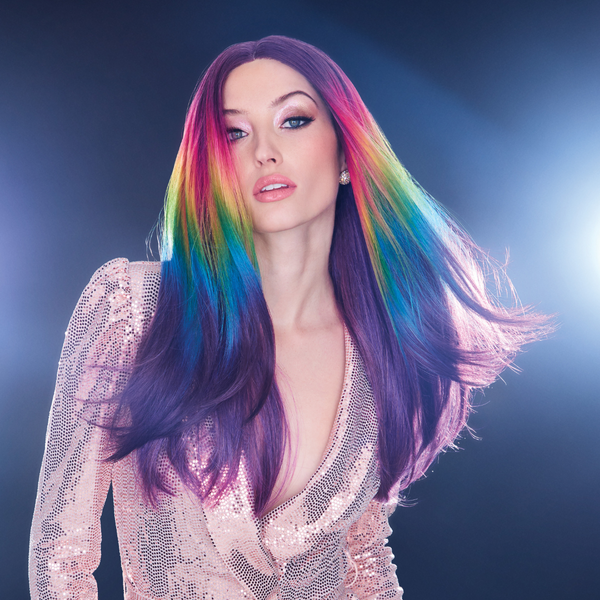What are Parabens and Sulfates?
Do you know what’s in your shampoo? Chances are, you don’t. Not many people know what or even why they should search for ingredients such as parabens and sulfates. It may seem like a tedious task, but it’s important to at least scan the ingredients on your hair care blends.

While we know to look out for headlines such as “oil-free” or “moisturizing” on our conditioner bottles, knowing whether or not these ingredients are in these products can make a drastic effect on the condition of you hair.
But what are parabens and sulfates? Allow us to explain.
What Are Parabens?
Parabens were first introduced to hair and skincare goods in the 1950s. They were used as a way to preserve the shelf life of these products by preventing mold and bacteria growth from within their containers.
Sounds great, right? So why are there so many companies, such as BeautiMark, creating paraben-free shampoos? While the use of preservatives is highly coveted by suppliers, it comes at a price. Take a look at the pros and cons of parabens to see why some companies are choosing to rid of this ingredient from their brands.
Pros: Parabens preserve merchandise shelf life for months or even years. They don’t affect the overall quality or effectiveness of the product. It’s a cheap preservative alternate, which is why many companies opt to use this over organic preserves.
Cons: Parabens can penetrate the skin and enter your body. It has been found in human bodies as well as marine animals (likely as the result of sewer cast-off). While it hasn’t been proven to be harmful in small doses, the fact that it unintentionally enters the body has been a cause for concern for dermatologists and product manufacturers.
Of course, with the dramatic warnings against parabens, many manufactures won’t explicitly state the name on their label. Instead, look out for these names under your haircare ingredients:
- Butylparaben
- Methylparaben
- Propylparaben
What Are Sulfates?
You are more likely to have heard the term “sulfate-free” before because they are now vividly and proudly printed on some shampoo and conditioner bottles. However, sulfates were revolutionary back in the 1930s when this aggressive detergent became introduced into hair-care products. It’s the substance that generates that foamy lather in our soaps, which we generally associate with cleaning.
However, over the years we have learned that sulfates have a negative affect on our health.
Pros: Sulfates are cheap, easily accessible, and powerful. Sulfates work on one end to attract dirt and grease while the other end dissolves it and washes the rest away with water.
Cons: It’s too aggressive. The molecules in this ingredient are so powerful that they’re used as cleaners and de-greasers for heavy construction machinery. It essentially strips away all of the natural and protective oils that your hair needs. In retrospect, sulfates are the reason we have dry scalps, follicle stress, and even flyaways.

If you want to try sulfate-free products, make sure your hair-care bottles don’t have these names on the label:
- Sodium Lauryl Sulfate (SLS),
- Sodium Laureth Sulfate (SLES),
- Sodium Lauryl Sulfoacetate,
- Sodium Lauroyl Isoethionate,
- Sodium Lauroyl Taurate
- Sodium Cocoyl Isoethionate
- Sodium Lauroyl Methyl Isoethionate
- Sodium Lauroyl Sarcosinate
- Disodium Laureth Sulfosuccinate
Say that ten times fast!



